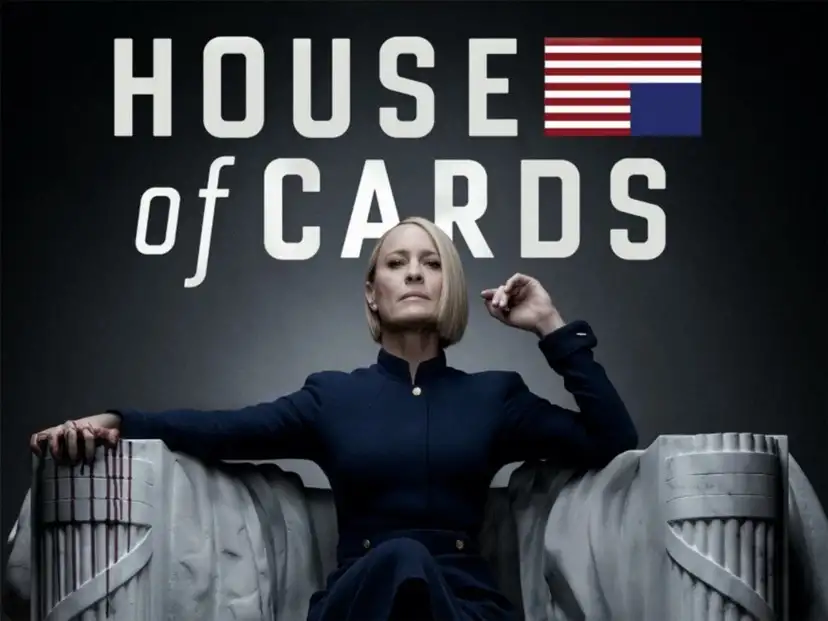Every entrepreneur has heard of Y Combinator’s (YC) Demo Day. It is the ultimate opportunity to make your startup dreams come true and secure funding from some of the biggest names in venture capital. But how do you make sure you deliver an impressive pitch to investors? It all starts with designing a winning pitch deck. So what goes into crafting a great presentation that will wow investors?
What is a Pitch Deck?
A pitch deck is a visual presentation that usually takes the form of slides or images used by entrepreneurs to give investors an overview of their business plan and proposed venture. This allows them to present their idea in an efficient and engaging way, without having to rely on long-winded explanations. A good pitch deck should be able to tell the story of your business quickly and clearly, while also captivating enough to keep your audience’s attention.
Kevin Hale’s Advice for Designing a Better Pitch Deck
YC Partner Kevin Hale has some advice for entrepreneurs looking to craft the perfect pitch deck for Demo Day. He suggests focusing on five key points that investors should remember about your startup after seeing your presentation: What problem are you solving? Who are you solving it for? How will you solve it? What have been your results so far? And finally, why now—what makes this moment in time uniquely ripe for success? When designing slides, Hale recommends keeping it simple with large type and bold text in a simple font with good contrast from the background color. He also advises positioning text at the top of each slide so that it can be read easily from anywhere in the room. Finally, he provides examples of poor design elements not to use and one example done correctly.
Additional Considerations to Optimize Your Pitch Deck Design
In addition to Hale’s advice, there are several other considerations entrepreneurs should take into account when crafting their winning pitch deck design. Use clear, approachable language and visuals that effectively communicate your idea quickly and easily while avoiding information overload by limiting yourself to one point per slide which will make it easier for both presenter and investor alike to follow along as you move through your presentation. Include metrics demonstrating traction and real impact such as user growth or revenue figures which can help validate your story and its potential. Incorporate emotion whenever possible with photos or videos which can help engage your audience even further by creating an emotional connection with both your product or service as well as its mission statement or purpose.
Conclusion:
Crafting a winning pitch deck for YC Demo Day takes preparation & practice but if done properly it can be the difference between getting funded or not! By following Kevin Hale’s advice, incorporating additional design considerations & utilizing storytelling techniques audiences will want more – meaning more interest & investment opportunities! So don’t forget – always put your best foot forward when creating & presenting any type of business proposal! Good luck!


